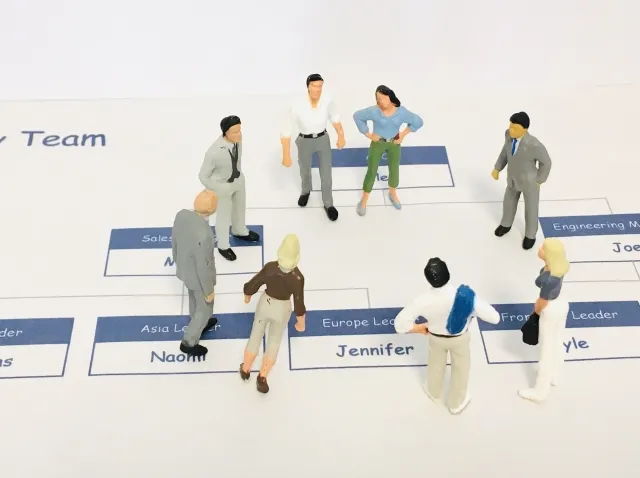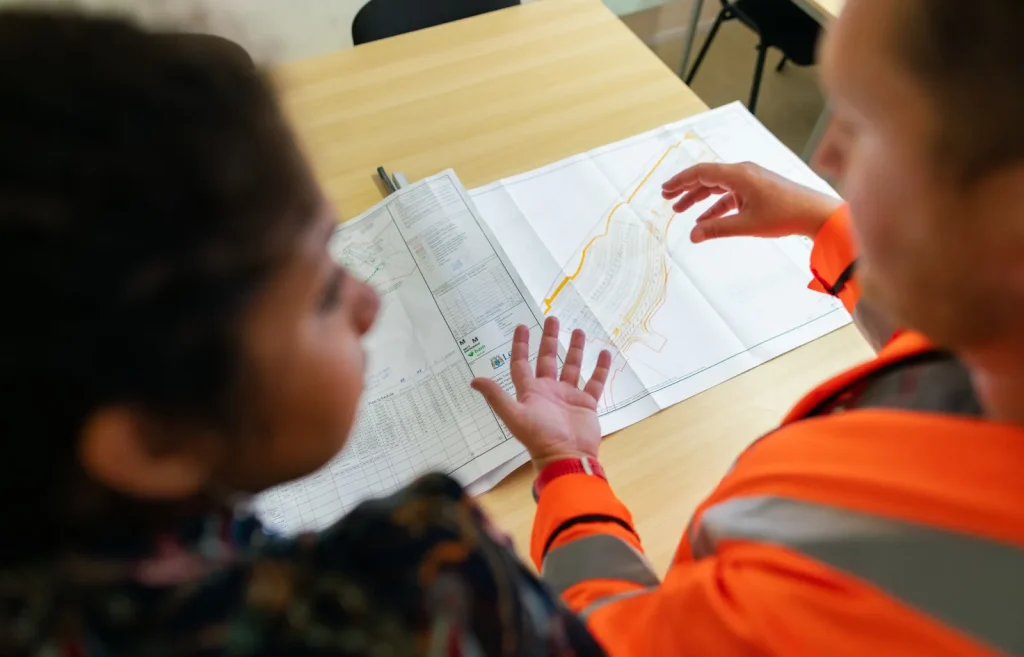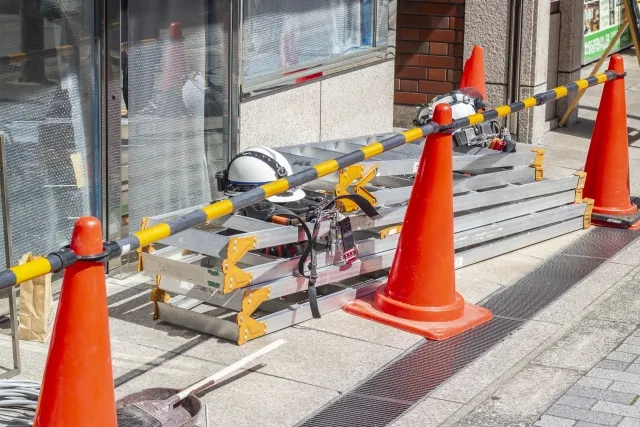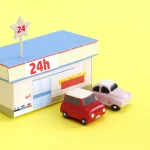技能実習生の受け入れ可能な職種は?移行不可な職種も紹介

外国人技能実習生の受け入れが可能な職種について気になる方は多いのではないでしょうか。厚生労働省により、技能実習生の受け入れ可能な職種が定められています。
技能実習生の受け入れを検討中の企業の方にとって、自社の業務内容が移行対象職種に該当するかどうかを確認することは非常に重要です。また、移行対象職種であっても、第3号技能実習に移行できない職種もあるため、注意が必要になります。
本記事では、移行対象職種の概要や種類、具体的な職種一覧などを詳しく解説していきます。技能実習生の受け入れを円滑に進めるための情報が満載ですので、ぜひ参考にしてください。
◆外国人の採用を検討中の企業様には、自社のニーズにあった外国人人材を紹介してくれる「GTN」の利用がおすすめです!無料相談から始めて、グローバルな人材の力をビジネスに活かしましょう。
また、技能実習生を採用予定の方は以下の記事も参考にしてみてください。
▶︎ 外国人技能実習生とは?受け入れに必要な基礎知識を徹底解説
Contents
外国人技能実習生が受け入れ可能な職種とは

外国人技能実習生の受け入れが可能な職種について気になる方は多いのではないでしょうか。厚生労働省により、技能実習生の受け入れ可能な職種が定められています。
「技能実習生の受け入れ可能職種」とは、一般的に、技能実習2号に移行ができる、いわゆる移行対象職種のことを言います。具体的には、技能実習1号の1年間、技能実習2号での2年間、合計3年間の技能実習が可能な移行対象職種のことです。
移行対象職種とは何か
移行対象職種とは、第1号技能実習生が、第2号技能実習生や第3号技能実習生への移行を認められる職種のことを言います。移行対象職種は厚生労働省によって定められており、それぞれの職種には審査基準が設けられています。
外国人技能実習生が従事する仕事が、移行対象職種に該当するかどうかは、厚生労働省のWebサイトで公開されているので、必ず確認するようにしましょう。自社の業務内容が移行対象職種に当てはまるかどうかを見極めることは、技能実習生の受け入れを検討する上で非常に重要なポイントです。
技能実習生の種類
技能実習生は、その習熟度や滞在期間によって主に以下の3種類に分けられます。
- 第1号技能実習生(入国してから1年未満の技能を習得する実習生)
- 第2号技能実習生(第1号技能実習で得た技術をさらに磨く実習、入国してから3年まで延長可能)
- 第3号技能実習生(第2号技能実習が終了してさらに高度な技術を磨く実習、入国してから5年まで延長可能)
数が上がるにつれて、滞在期間が長くなり、習得する技術のレベルも高度になっていきます。第2号、第3号技能実習生になるためには、移行対象職種での実習が条件です。
技能実習生の種類を理解することは、受け入れ計画を立てる上で欠かせません。習熟度に合わせた指導や、適切な実習期間の設定などに役立てましょう。
技能実習生が受け入れ可能な職種一覧

技能実習生が受け入れ可能な職種は以下の通りです。職種名とその詳細作業内容を表形式でまとめました。
| 職種名 | 作業内容 |
|---|---|
| 農業関係 | 施設園芸、畑作・野菜、果樹、養豚、養鶏、酪農 |
| 漁業関係 | かつお一本釣り漁業、延縄漁業、いか釣り漁業、まき網漁業、ひき網漁業、刺し網漁業、定置網漁業、かに・えびかご漁業、棒受網漁業、ほたてがい・まがき養殖作業 |
| 建設関係 | 型枠施工、左官、コンクリート圧送施工、トンネル推進工、建設機械施工、土工、屋根ふき、電気通信、鉄筋施工、鉄骨鍛造 |
| 食品製造関係 | 缶詰巻締、食鳥処理加工業、加熱性水産加工食品製造業、非加熱性水産加工食品製造業、水産練り製品製造、農産物漬物製造業、医療・福祉施設給食製造 |
| 繊維・衣服関係 | 紡績運転、織布運転、ニット製品製造、たて編ニット生地製造、婦人子供服製造、下着類製造、寝具製作、カーペット製造 |
| 機械・金属関係 | 鋳造、鍛造、ダイカスト、機械加工、金属プレス加工、鉄工、工場板金、めっき、アルミニウム陽極酸化処理、仕上げ、機械検査、機械保全、電子機器組立て、電気機器組立て |
上記以外にも、自動車整備、印刷、家具製作、プラスチック成形、工業包装など、多様な職種で技能実習生の受け入れが可能となっています。
一方上記以外の職種は、技能実習の受け入れが禁止されているため、当てはまるものであるかしっかりと確認をしましょう。
第3号に移行できない職種とは
移行対象職種には、第3号に移行できない職種や、業が存在します。以下は、第3号に移行できない職種です。
- 漁船漁業(棒受網漁業)
- 農産物漬物製造業
- 医療・福祉施設給食製造
- 紡績運転
- 織布運転
- カーペット製造
- 印刷(グラビア印刷)
- リネンサプライ
- 宿泊
- ゴム製品製造
- 空港グランドハンドリング(客室清掃)
農業関係、建設関係、機械・金属関係で第3号に移行できない職種はありません。漁業関係、食品製造関係、繊維・衣服関係、社内検定型の職種・作業、その他のものでは、第3号に移行できない職種がありますので、注意してください。
特に、繊維・衣服関係は、第3号に移行できない職種が多いです。13職種22作業中、3職種が移行できません。内訳は、紡績運転(前紡工程・精紡工程・巻糸工程・合ねん糸工程)、織布運転(準備工程・製織工程・仕上工程)、カーペット製造(織じゅうたん製造・タフテッドカーペット製造・ニードルパンチカーペット製造)です。
第3号に移行できない職種に関しては、以下の移行対象職種・作業一覧ファイルで詳しく確認できます。ファイルの△印のある職種・作業は3号に移行できません。
参考:移行対象職種・作業一覧
移行対象職種以外は、受け入れできない?

自社の業務の中に、2号移行対象職種の該当職種がない場合は、技能実習1号(1年)であれば受入可能です。ただし下記条件が必須です。
- 技能実習生が修得しようとする技術が単純作業、反復作業でないこと
- 18歳以上であること
- 帰国後に日本で修得した技能等を生かせる業務に就く予定があること
- 母国で修得することが困難である技能等を修得するものであること
- 本国の国、地方公共団体等からの推薦を受けていること
- 日本で受ける技能実習と同種の業務に従事した経験等を有すること
- 技能実習生(その家族等を含む。)が、送出し機関(技能実習生の送出し業務等を行う機関)、監理団体、実習実施機関等から、保証金などを徴収されないこと
また、労働契約の不履行に係る違約金を定める契約等が締結されていないこと
上記内容を満たしており、外国人技能実習機構より技能実習計画書の認定が下りれば受入が可能です。移行対象職種以外でも、一定の条件を満たせば技能実習生の受け入れが可能なのです。
まとめ
移行対象職種の種類は多岐にわたりますが、厚生労働省によって細かく定められています。また、第3号技能実習ではより高度な技術の習得が求められ、移行できない職種もありますので注意が必要です。
移行対象職種以外でも、技能実習1号であれば受け入れ可能な場合があります。ただし、技能実習生の技術習得内容や、年齢、帰国後の就業予定など、いくつかの条件をクリアする必要があります。
技能実習生の受け入れを検討している企業の方は、自社の業務内容が移行対象職種に該当するか、また移行対象職種以外でも受け入れ可能な条件を満たしているかを確認しましょう。円滑に技能実習生を迎え入れ、育成していくためにも、制度の理解と適切な準備が欠かせません。




